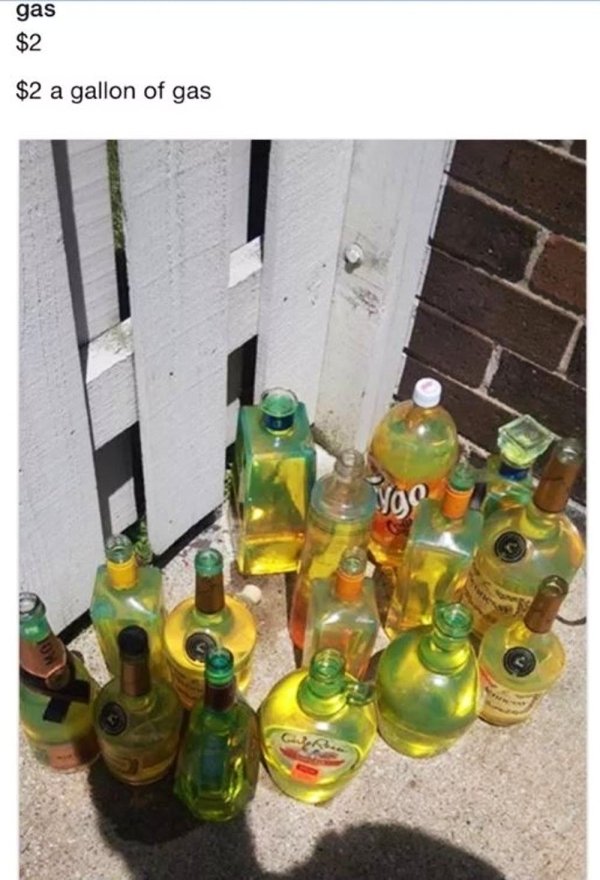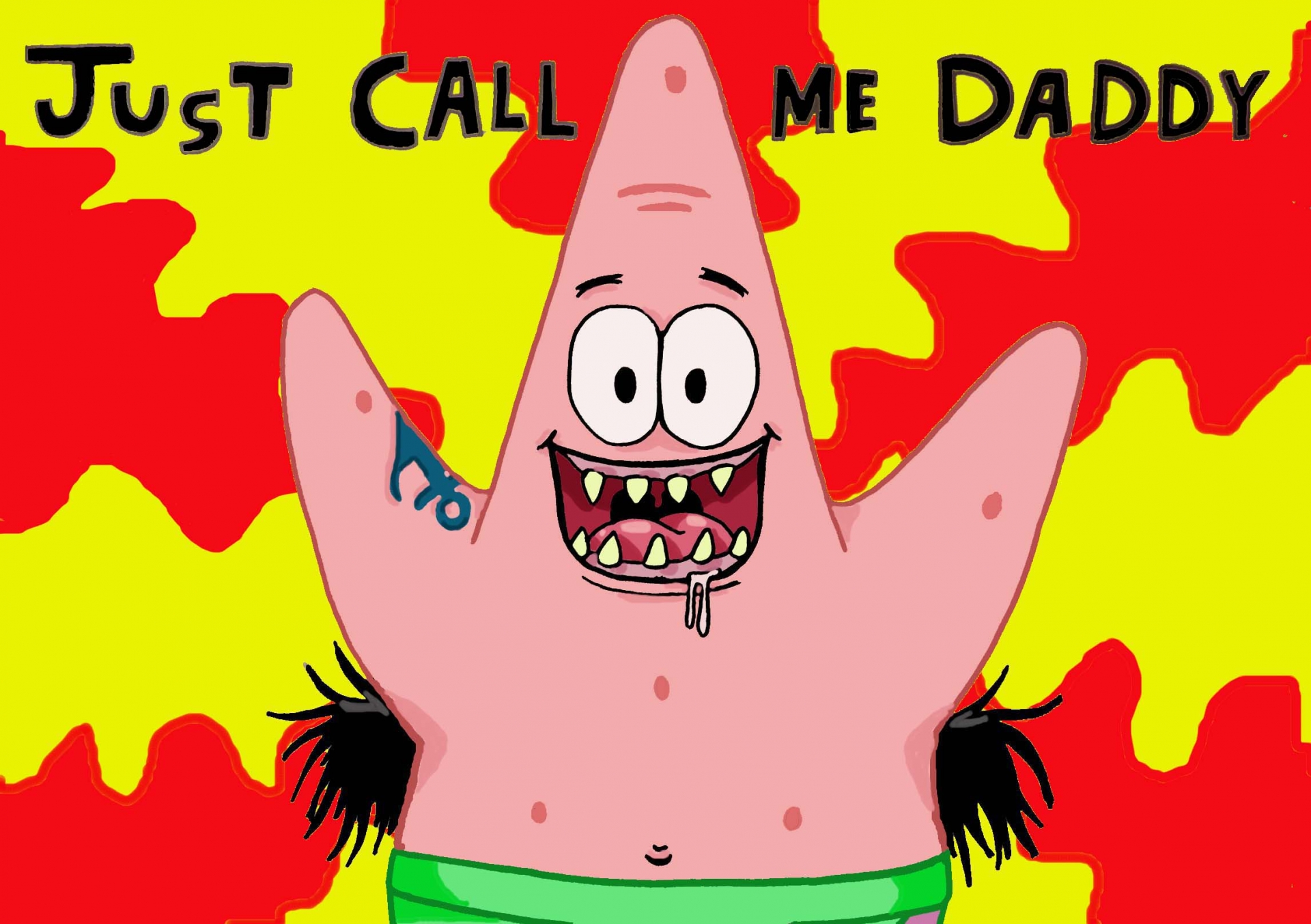

Cree Summer is my mom Tom Wilson is my dad, and Jill Talley is my sister. He does a show every night in his room produced by his sister, and it just goes nuts.

But Vincent Waller and Mark Checker really have developed this great family and world in Patrick's home. Because that's to me why Patrick is engaging is his relationship with SpongeBob.
Patrick star art of weird full#
SpongeBob is such a long, successful show and now Patrick has his own spinoff at last! Bill, you've been a part of the Spongebob franchise from the beginning, what was it like when you got the news?īF: To think about Patrick, in a world where he's not linked to SpongeBob full time was pretty scary. MW: Bill, Cree, hello there! The Patrick Star Show comes to Nickelodeon on Friday, July 9th, 7PM ET/PT. Commonly known as “Noire et blanche” it’s a collaborative piece that Braude writes is “about everything that isn’t shown.(CBS) - The Patrick Star Show comes to Nickelodeon on Friday, July 9th as Spongebob Squarepants' longtime companion gets his very own spinoff show! Along for the ride will be several new characters including Patrick's parents, grandfather and even members of the Squidward Tentacles' clan.ĬBS' Matt Weiss spoke to Bill Fagerbakke (Patrick Star) and Cree Summer (Bunny Star Patrick's mom) for a previous of the new show and what it's like to voice a big, gelatinous pile of impulses. In her left hand she holds a carved ebony mask upright. There’s another celebrated Man Ray photo of Kiki, her pale face still, her sleek dark head resting on a table, her bow lips painted, her naked body out of view. Braude correctly wonders, “How much of the picture’s rough magic is owed to his camera work and how much to her performance in front of the lens?” In 1924, Man Ray’s photo “Le Violon d’Ingres” presents Kiki with the painted f-holes of a violin on her smooth back, her torso angled to reveal her as both woman and instrument. Foujita generously shares funds from the painting’s sale with Kiki and she treats herself to a hat and a dress, eager to get something that makes her happy in the moment. When Kiki has her first solo show at which she sells all 27 paintings, the Paris Tribune touts it “the most successful vernissage of the year.”ĭemand for her as a model increases when Tsuguharu Foujita’s portrait “Reclining Nude With Toile de Jouy,” featuring Kiki looking directly at the viewer and “evoking the pose of Manet’s ‘Olympia,’” is shown at the 1922 Autumn Salon of the Grand Palais. She, too practises her art and begins to paint watercolours, mostly recollections from her childhood, pieces acquired by art dealer Henri-Pierre Roché, who writes that “their summery tones and quick lines” remind him of Matisse. When she moves in and becomes his lover, he ends up photographing Kiki more than anyone else. Kiki meets Man Ray in 1921, but initially refuses to be photographed by him. She would also meet and pose for Moïse Kisling, Amedeo Modigliani and Maurice Utrillo, among others, confessing, “the painters adopted me. To pay for coffee, she sketches its patrons, drawing like she speaks, Braude writes, “in lines that were barbed and ironic and warm and tenderhearted all at once.” There she meets Maurice Mendjizky, a Polish-Jewish painter and composer, who gives her her nickname and paints her first portrait. Seeking modelling work, 16-year-old Alice sets her sights on the Café de la Rotonde, a Parisian spot frequented by local artists. As Braude proposes, she lets “her watchers imagine that by singing about her sins, she’s hearing their confessions.”īraude, who lives in Vancouver, sets out to answer the question of how this young woman - she was born Alice Prin in 1901 and raised in poverty in a village in Burgundy - is able to capture the spirit of her time “by doing nothing more than making a performance of herself.” With vibrant prose as beguiling as Kiki herself, Braude opens his new book “Kiki Man Ray: Art, Love, and Rivalry in 1920s Paris,” in the middle of the story, with a lush scene in summer 1925 at The Jockey, a buzzing nightclub where we observe Kiki, “carried along by joy,” performing songs sometimes with lyrics by her poet friend Robert Desnos. The preferred model of the groundbreaking artist and photographer Man Ray, she is a charismatic figure who was previously relegated to the margins in the history of modern art.

Cultural historian Mark Braude (“The Invisible Emperor,” “Making Monte Carlo”) returns with an irresistible romp through 1920s Paris alongside the luminous Kiki de Montparnasse, chanteuse, artist’s model, painter, actor and storyteller.


 0 kommentar(er)
0 kommentar(er)
